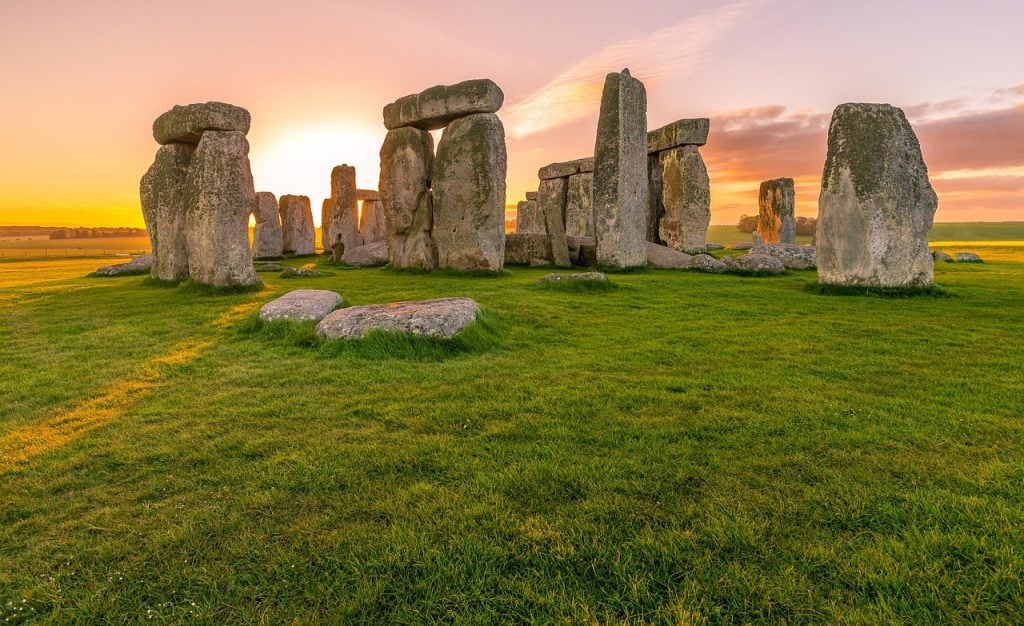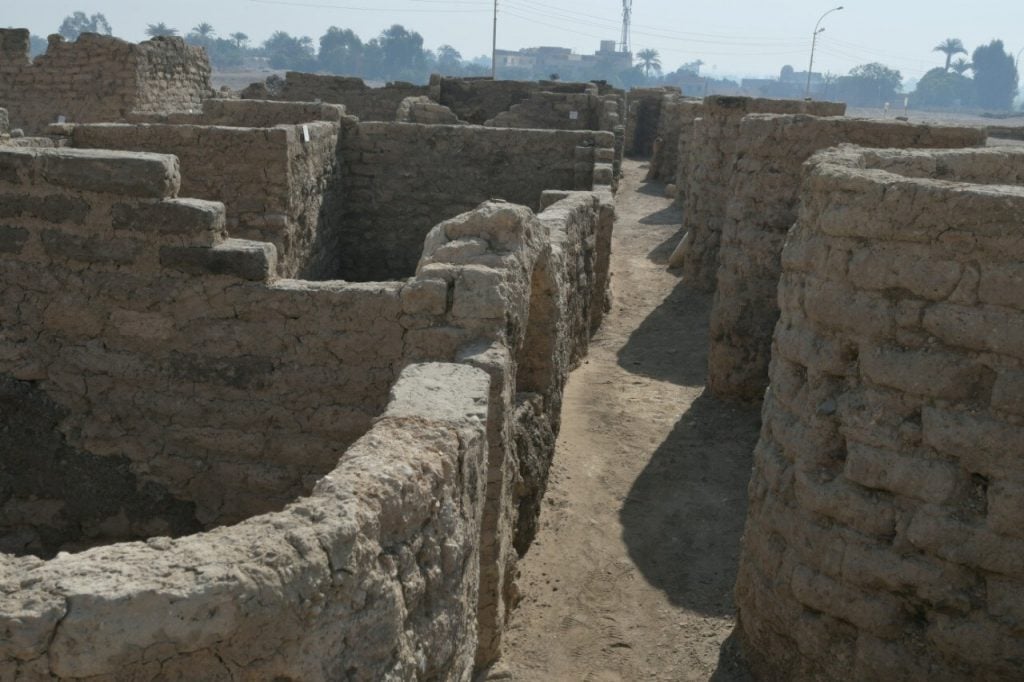It is one of the most iconic discoveries in all of archaeology—the treasure-filled tomb of the young Egyptian pharaoh Tutankhamun, better known as King Tut. One hundred years ago today British archaeologist Howard Carter and an Egyptian excavation team found the boy king’s final resting place. Scholars have been studying the royal tomb and its owner ever since.
From this work the broad outlines of the life and times of Tut have emerged. Many mysteries remain, however, including how the young pharaoh was related to Queen Nefertiti (herself a subject of debate), how influential he was as a ruler and how he died. Now new findings are emerging that could fill in some of the missing details. But as ever, debates rage over how to interpret them.
The key to Tut’s discovery was dogged perseverance. By November 4, 1922, Carter and his team had spent five futile years searching for an undiscovered royal tomb in Egypt’s Valley of the Kings. The prevailing wisdom said that everything the valley had to offer had already been found. Carter decided to spend what was to be his final field season digging beneath a group of huts that housed the ancient tomb builders.
The key to Tut’s discovery was dogged perseverance. By November 4, 1922, Carter and his team had spent five futile years searching for an undiscovered royal tomb in Egypt’s Valley of the Kings. The prevailing wisdom said that everything the valley had to offer had already been found. Carter decided to spend what was to be his final field season digging beneath a group of huts that housed the ancient tomb builders.
“We had almost made up our minds that we were beaten...,” he and archaeologist Arthur Cruttenden Mace wrote in The Discovery of the Tomb of Tutankhamen, their account of the expedition. “Hardly had we set hoe to ground in our last despairing effort than we made a discovery beyond our wildest dreams.”
Beneath those huts, the excavation team uncovered a step cut into the rock. Within days the team had dug out a steep staircase and a 30-foot-long passageway that ended in a door sealed with plaster and stamped with the royal necropolis seal. Carter waited to open the door until his benefactor George Edward Stanhope Molyneux Herbert, fifth earl of Carnarvon, who had funded his work in the valley for all those years, could travel to the site.
Beneath those huts, the excavation team uncovered a step cut into the rock. Within days the team had dug out a steep staircase and a 30-foot-long passageway that ended in a door sealed with plaster and stamped with the royal necropolis seal. Carter waited to open the door until his benefactor George Edward Stanhope Molyneux Herbert, fifth earl of Carnarvon, who had funded his work in the valley for all those years, could travel to the site.
The next day the team dug out a steep staircase and a door sealed with plaster and stamped with the royal necropolis seal. Carter waited to open the door until his benefactor George Edward Stanhope Molyneux Herbert, fifth earl of Carnarvon, who had funded his work in the valley for all those years, could travel to the site. On November 24, 1922, it was cleared to reveal a corridor, followed by a 30-foot-long passageway that ended in another door. On November 26, 1922, Carter broke open a small hole in the door and stuck a candle through, casting the first light into the chamber in nearly 3,300 years.
The sight held him speechless as his eyes adjusted. “Details of the room emerged slowly from the mist, strange animals, statues, and gold—everywhere the glint of gold,” Carter wrote in The Discovery of the Tomb of Tutankhamen. He was looking into the antechamber of the tomb of Tutankhamun, a ruler who sat his throne for only around 10 years but did so at a pivotal time in Egyptian history. READ MORE...




